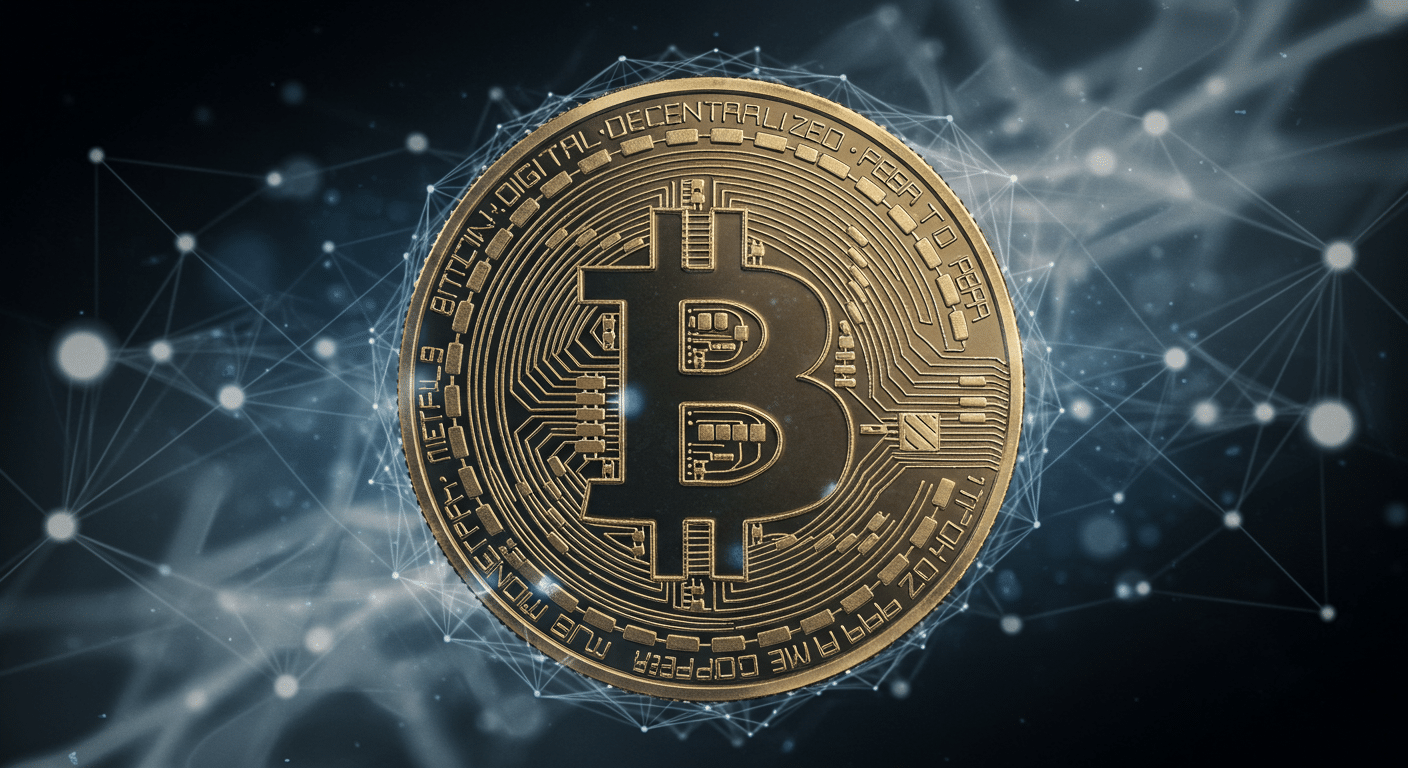Bitcoin price climbed to $109,600 in late Sunday trading, recovering from Friday’s losses as investors welcomed a tariff delay. U.S. President Donald Trump extended the deadline for higher tariffs on EU goods, easing trade tensions. As a result, U.S. equity futures turned higher while digital assets held firm in quiet weekend trading.
- Bitcoin Price Rises After Trump Postpones EU Tariff Hike
- Ethereum Holds Steady as Broader Crypto Sentiment Improves
- Solana and Avalanche Post Modest Gains
- FAQs
- Why did Bitcoin price rise on Sunday?
- What is the new tariff deadline?
- How did U.S. equity futures respond?
- What is the next big macro event for crypto?
- Are altcoins following Bitcoin’s lead?
- Glossary of Key Terms
- Reference:
Bitcoin Price Rises After Trump Postpones EU Tariff Hike
Bitcoin’s price rose sharply as trade fears cooled following the White House’s shift in stance on European Union import tariffs. President Trump extended the tariff hike deadline to July 9 after what he said was a Sunday call with EU Commission President Ursula von der Leyen. Investors calmed down and started buying across digital and traditional markets.

In April, Trump had already suggested cutting a proposed 20% rate to 10% and warned earlier in the week of a 50 percent tariff by June 1. This sudden change in timeline stabilised sentiment in market participants. The move sent a positive signal to traders for near-term risk appetite.
This sentiment was reflected in Bitcoin price, which blew off the 2% fall in value Bitcoin saw on Friday amid threats of tariffs. Traditional markets got off to an early start, and crypto followed their lead. It shows the alignment of geopolitical news with digital assets, which is also growing.
Ethereum Holds Steady as Broader Crypto Sentiment Improves
On Sunday, Ethereum traded around $2,550, holding steady amid a quieter global macroeconomic picture. Bitcoin mirrored the move upward but with less volatility, and the second biggest cryptocurrency did, too. Before key U.S. inflation data this week, investors squared caution and optimism.

Now, markets expect Friday’s core PCE inflation print, the Federal Reserve‘s main metric. Impacts rate expectations and subsequently digital asset flows from this data. Until then, Ethereum is bound to trade in between a rather tight band.
Ethereum did not keep up with Bitcoin’s price gains, but its staying power implies that institutional interest isn’t going away. Analysts say fundamentals support ETH’s growth in use case. This continued strength may keep bullish positioning sustainable in the weeks ahead.
Solana and Avalanche Post Modest Gains
Solana and Avalanche posted gains of 1% to 2% during quiet Sunday sessions, tracking general market stability. The altcoins have shown relative strength in recent sessions despite broader uncertainty. Their gains reflect improving risk sentiment and light weekend volume.
Investors rotated into select altcoins as Bitcoin price showed signs of recovery. Solana and Avalanche both benefited from short-term technical support levels holding firm. These assets remain sensitive to U.S. economic data and global policy developments.
As institutional inflows continue into the crypto space, secondary assets like Solana and Avalanche may attract increased attention. Their performance often correlates with sentiment around Ethereum and Bitcoin price. For now, the market remains cautious but constructive.
FAQs
Why did Bitcoin price rise on Sunday?
Bitcoin price rose after Trump delayed a proposed EU tariff hike, easing trade tensions and lifting market sentiment.
What is the new tariff deadline?
President Trump extended the EU tariff deadline to July 9, allowing trade negotiations to continue.
How did U.S. equity futures respond?
S&P 500 futures gained 0.9%, Dow futures added 0.8%, and Nasdaq-100 futures rose 1% in early trading.
What is the next big macro event for crypto?
Investors are awaiting Friday’s U.S. core PCE inflation report, which may influence Bitcoin price and market direction.
Are altcoins following Bitcoin’s lead?
Yes, coins like Ethereum, Solana, and Avalanche are gaining modestly as Bitcoin price leads the broader crypto recovery.
Glossary of Key Terms
Bitcoin price: The current market value of one Bitcoin in U.S. dollars.
Tariff: A tax imposed by a government on imported goods.
Equity futures: Contracts indicating the expected value of stock indices at a future date.
Core PCE inflation: A U.S. inflation metric excluding food and energy, closely watched by the Federal Reserve.
Altcoins: Cryptocurrencies other than Bitcoin, often including Ethereum, Solana, etc.
Institutional inflows: Investments from large firms or funds into an asset class like cryptocurrency.
Notional volume: The total value of a position in derivatives markets like options.
Spot allocation: Direct purchase of an asset rather than a derivative contract.
Macro policy cues: Signals from global economic policies affecting asset prices.



















































































































